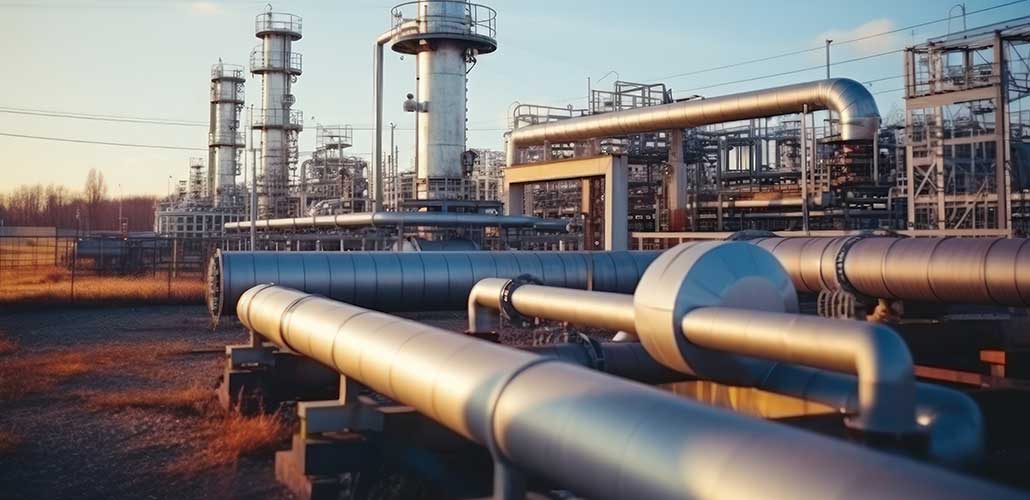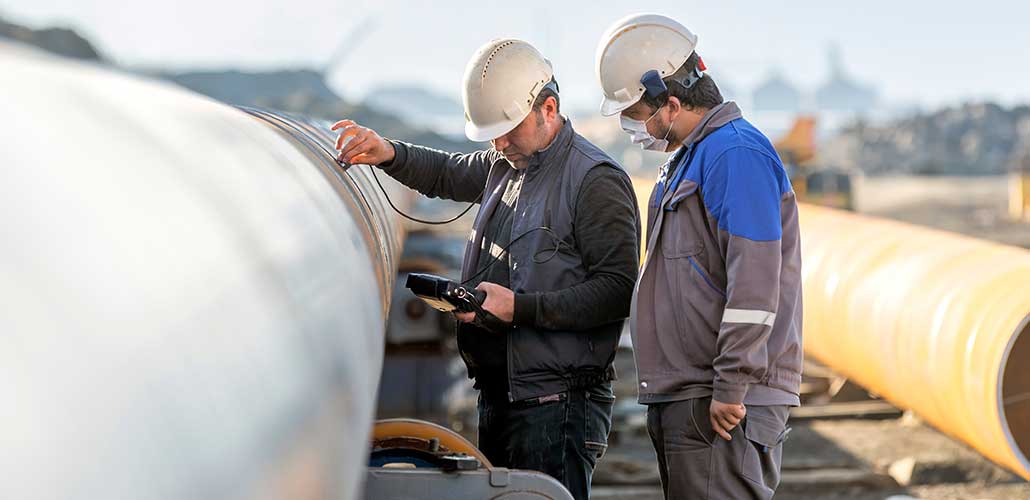Ask the Expert – Addressing PHMSA’s 192.624 Requirements in Facilities
Tyler Klashinsky, Manager, Engineering Assessments at Dynamic Risk, shares his insights on addressing the requirements outlined by PHMSA’s §192.624 ruling for facilities.
Tyler dives into navigating Maximum Allowable Operating Pressure Reconfirmation (MAOP-R), shedding light on pivotal questions such as facilities coverage under the regulation, applicable MAOP-R methods, and considerations encountered when employing Engineering Critical Assessment (ECA).
Are facilities included as part of 49 CFR §192.624 for Maximum Allowable Operating Pressure Reconfirmation?
Yes, facilities are included as part of 49 CFR §192.624 for Maximum Allowable Operating Pressure Reconfirmation (MAOP-R). However, the entire facility may not be subject to MAOP-R. PHMSA provides guidance (192.607(f) Component Applicability Diagrams) to support operators in identifying in-scope segments. These diagrams offer valuable insights, yet operators face unique configurations within facilities that these documents may not fully encompass. It should be noted that portions of the facility not identified for MAOP-R are still subject to requirements outlined in 49 CFR §192.619 Maximum allowable operating pressure: Steel or plastic pipeline.
What MAOP-R methods would be applicable inside a facility?
For facility piping segments subject to 49 CFR §192.624 MAOP-R, all methods 1 through 6 are applicable. However, given the vast array of configurations for facilities in comparison to transmission pipelines, data-centric analysis methods (e.g., Method 3 and Method 6) are expected to be advantageous for facilities:
- Method 3 (Engineering Critical Assessment – ECA): Defined in 49 CFR §192.624(c)(3), ECA entails a detailed engineering analysis to assess whether a flaw or crack could impact safe operation at MAOP. ECA is a valuable tool for establishing the current fitness for service at MAOP. Once the MAOP is reconfirmed, the existing integrity management plan is designed to ensure the continued safe operation of the facility.
- Method 6 (Alternative Technology): Per 49 CFR § 192.624(c)(6), this method involves using alternative technology or techniques to complete an engineering analysis for establishing MAOP. In the context of facility piping, this approach allows for flexibility in adopting advanced technologies or methodologies that may better suit the unique characteristics of facility segments.
It’s imperative to consider each facility’s unique configurations and operational specifics, as these may require a tailored approach.

What are the challenges and differences in using ECA between line-pipe and facilities?
The application of Engineering Critical Assessment (ECA) to facility piping versus line pipe introduces specific challenges and differences, including:
- Data Quality: Facilities often exhibit discrepancies in data quality compared to pipelines. The richness and reliability of data might not be consistently maintained across the diverse and complex configurations present in facilities.
- Defining Facility Boundaries: While PHMSA provides guidance diagrams in 192.607(f) Component Applicability Diagrams, these are not comprehensive and cannot cover every scenario. It is important for pipeline operators to have an established approach to defining facility boundaries to ensure consistency across their assets.
- Potential Inspection Complexity: As inline Inspections are likely not feasible for facilities, operators will most likely need to employ multiple types of NDT methods to gather the required data. Complexity will also often be increased relative to line pipe due to the variety of components utilized in facilities. This may include (but is certainly not limited to) buried fittings, flanges, or pipes associated with buried concrete supports.
For assessments supporting ECAs, 49 CFR §192.632(b) states that operators may use prior hydrostatic tests, inline Inspections (ILI), or other technology with notification under 49 CFR §192.18 for defect assessment. Within facilities when using Method 3, ILI would not typically be expected to be feasible, and hydrostatic tests may not be accessible. Depending upon the methods to be leveraged for defect assessment, operators must determine if a 49 CFR §192.18 notification is required.

Dynamic Risk offers services to assist clients in managing their maximum Allowable Operating Pressure Reconfirmation needs. Here are some key offerings:
-
In-house expertise: Dynamic Risk boasts a team of seasoned professionals with deep expertise in pipeline integrity, risk assessment, and regulatory compliance. Our experts collaborate closely with clients to analyze historical data and conduct engineering assessments supporting MAOP-R.
-
Collaboration with Industry Partners: We recognize that addressing MAOP-R challenges can require a collective effort. Dynamic Risk actively collaborates with other companies to help the industry achieve consistency and compliance.
- Tailored Solutions: There are many types and configurations of facilities, in specific ways increasing the complexity relative to line pipe, and our approach reflects that. Dynamic Risk tailors its services to meet the particular needs of each client. Whether it’s assessing aging infrastructure, addressing anomalies, or optimizing maintenance strategies, we deliver customized solutions.
Contact us for more information about how our team can help you addressing PHMSA’s 192.624 requirements in facilities for MAOP-R.
About the Author:

Tyler Klashinsky, Manager, Engineering Assessments
As the Manager of Engineering Assessments Tyler advises our clients of the development and implementation of systems to ensure their pipeline network is safe, reliable, sustainable and optimized. He also develops innovative engineering approaches and solutions, supports engineering and Risk Management projects and provides guidance to team members and clients in integrity activity scoping, maintenance planning and overall Risk Management planning. Prior to his current role, Tyler was the Manager of Asset Reliability, where he approved final client deliverables.


